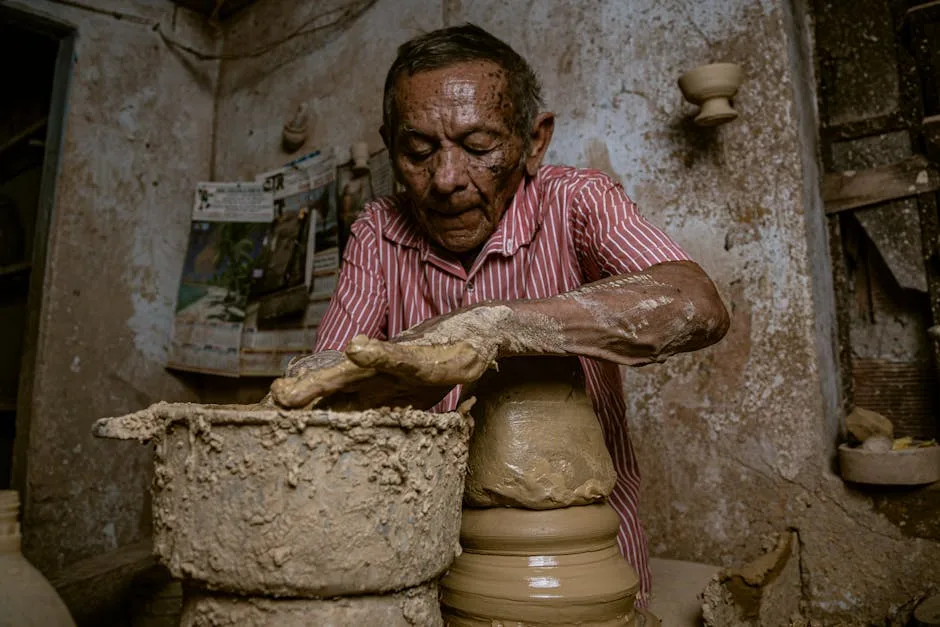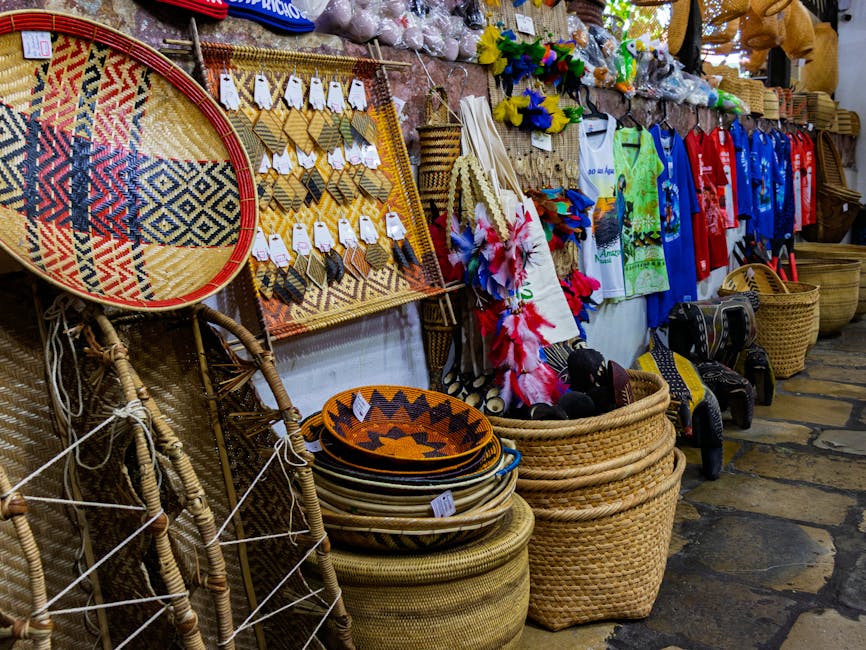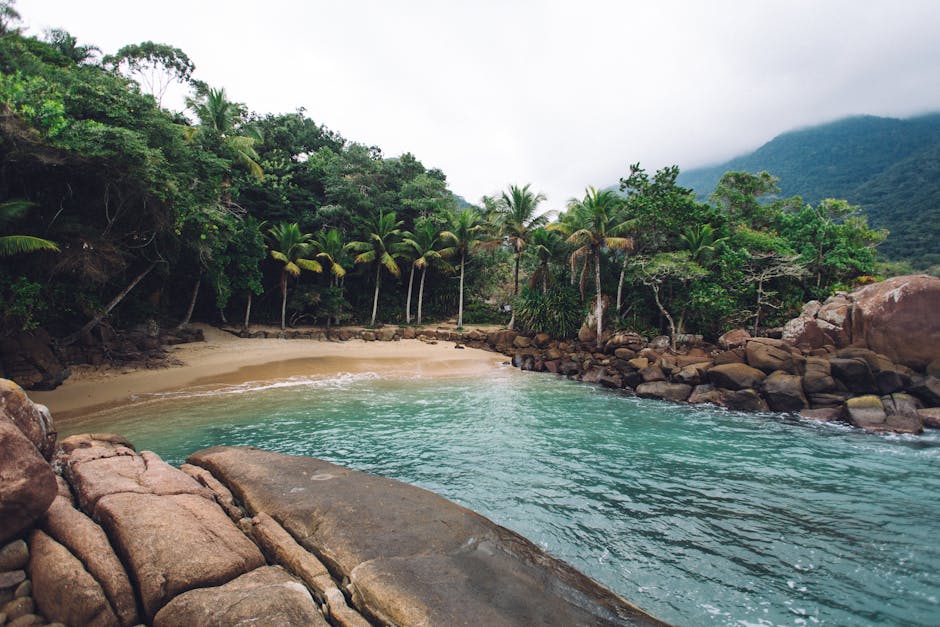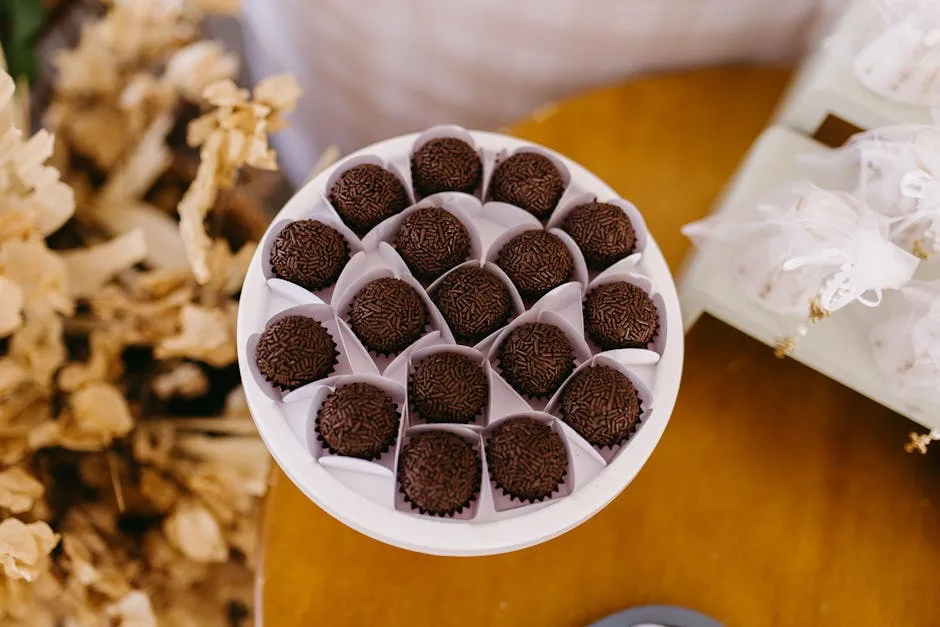- More Than Just a Souvenir: Uncovering Brazil's Artistic Soul
- A Country of Artisans: Exploring Regional Specialties
- The Northeast (Nordeste): A Tapestry of Color and Tradition
- The Southeast (Sudeste): Minerals, Modernity, and Markets
- The Amazon (Norte): Crafts from the Forest
- The South (Sul): Gaúcho Culture and European Echoes
- Beyond Handicrafts: Iconic Brazilian Souvenirs
- Smart Shopping: Tips for Finding the Best Treasures
More Than Just a Souvenir: Uncovering Brazil’s Artistic Soul
So, you’re heading to brazil! Get ready for sun-drenched beaches, infectious samba rhythms, and a vibrant culture that pulses with life. But beyond the iconic postcards of Christ the Redeemer and Iguazu Falls lies a world of incredible artistry, a story told through the hands of its people. Bringing home a piece of Brazil is about more than just a magnet for your fridge; it’s about capturing a piece of its soul.
Forget the mass-produced trinkets you’ll find in any airport. We’re diving deep into the world of authentic Brazilian handicrafts. These aren’t just objects; they are expressions of history, geography, and diverse cultural heritage. When you buy a handmade item, you’re not just getting a unique souvenir—you’re supporting local artisans, preserving age-old traditions, and taking home a story you can share for years to come. Ready to explore the best finds? Let’s go shopping!
A Country of Artisans: Exploring Regional Specialties
Brazil is enormous, and its craft scene is just as vast and varied. Each region has its own distinct materials, techniques, and artistic traditions, shaped by its unique environment and history. Understanding these regional differences is the key to finding truly special and authentic pieces.
The Northeast (Nordeste): A Tapestry of Color and Tradition
The Northeast is arguably the heartland of Brazilian handicrafts. Its rich Afro-Brazilian heritage and arid landscapes have inspired some of the country’s most iconic art forms.
- Clay Figurines from Pernambuco: Head to the town of Caruaru, home to the largest open-air market in Latin America and a hub for artists like the disciples of the legendary Mestre Vitalino. Their whimsical clay figurines (bonecos de barro) depict scenes from daily life in the Northeast—musicians, vendors, religious figures, and folk heroes. Each piece is bursting with character and humor.
- Lace and Embroidery (Renda): The coastal towns of Ceará and Alagoas are famous for their intricate lacework. Look for renda de bilro (bobbin lace), a delicate and complex art passed down through generations of women. You’ll find it on tablecloths, clothing, and beautiful decorative pieces.
- Bahian Charms: Salvador, the heart of Afro-Brazilian culture, offers a wealth of unique souvenirs. Pick up a handful of colorful Fitas do Senhor do Bonfim (Bonfim wish ribbons), tie one to your wrist with three knots, and make a wish for each. You’ll also find powerful carved wooden figures called carrancas, which were once used to adorn the prows of boats on the São Francisco River to ward off evil spirits.

The Southeast (Sudeste): Minerals, Modernity, and Markets
Home to bustling metropolises like Rio and São Paulo, the Southeast offers a blend of traditional crafts and contemporary design.
- Minas Gerais’ Earthly Treasures: This state is a treasure trove, literally. It’s the heart of Brazil’s mining country. Look for beautiful sculptures and kitchenware carved from soapstone (pedra-sabão). The town of Tiradentes is famous for its intricate pewter work, from elegant serving trays to decorative frames. And don’t forget the edible souvenirs! Minas is renowned for its cheeses (queijo minas) and delicious doce de leite.
- Rio de Janeiro’s Hippie Fair: Every Sunday, the Feira Hippie de Ipanema is a must-visit. It’s a fantastic place to find everything from handmade leather bags and unique jewelry to colorful paintings depicting life in the cidade maravilhosa (marvelous city). It’s a great spot to chat with the artists and hear the stories behind their work.
The Amazon (Norte): Crafts from the Forest
The Amazon region is home to countless indigenous communities, each with a profound connection to the rainforest. Their crafts are made from sustainable, natural materials and are deeply symbolic.
- Bio-Jewelry: This is one of the most beautiful and unique souvenirs from the Amazon. Artisans use native seeds like açaí and jarina (vegetable ivory), colorful feathers (ethically sourced), and natural fibers to create stunning necklaces, bracelets, and earrings. Each piece is a wearable work of art.
- Marajoara Pottery: Originating from the island of Marajó at the mouth of the Amazon River, this ancient ceramic art is known for its intricate geometric patterns and sophisticated designs. Buying a piece of Marajoara pottery is like owning a fragment of pre-Columbian history.
- Woven Baskets (Cestaria): Using fibers from palm leaves and vines, indigenous artisans weave incredibly detailed and durable baskets, bags, and decorative items. The patterns often hold cultural significance, representing animals or spirits of the forest. When buying, always look for co-ops or stores that directly support the indigenous communities.

The South (Sul): Gaúcho Culture and European Echoes
Influenced by its European immigrants and the unique cowboy (gaúcho) culture of the pampas, the South offers a different style of handicraft.
- Leather Goods: The state of Rio Grande do Sul is famous for its high-quality leather products. Look for durable boots, belts, wallets, and bags that reflect the rugged gaúcho lifestyle.
- Chimarrão Gear: The region’s favorite social ritual is drinking chimarrão (a type of mate tea). The essential gear makes for a fantastic souvenir. You’ll need a cuia (a gourd, often intricately decorated) and a bomba (a metal straw with a filter). It’s a true taste of Southern Brazilian culture.
Beyond Handicrafts: Iconic Brazilian Souvenirs
While regional crafts are the star of the show, there are a few other quintessential Brazilian items you might want to tuck into your suitcase.
- Cachaça: This is Brazil’s national spirit, distilled from sugarcane and the key ingredient in a caipirinha. Skip the industrial brands at the supermarket and seek out a bottle of artisanal cachaça from a small-batch producer. They come in a wide range of flavors, aged in different woods.
- Gemstones: Brazil is a world leader in the production of colored gemstones. You can find stunning tourmalines, amethysts, topazes, and emeralds. Always buy from a reputable, certified dealer to ensure you’re getting the real thing.
- Havaianas: Simple, yes, but oh-so-Brazilian! The iconic flip-flop brand offers endless colors and designs you might not find back home. They’re lightweight, affordable, and a fun reminder of your sun-soaked days.
- Coffee: Brazil is a coffee powerhouse. Pick up a bag of specialty single-origin beans from a region like Minas Gerais or São Paulo. It’s the perfect way to bring the taste of your Brazilian mornings home with you.
Smart Shopping: Tips for Finding the Best Treasures
Navigating the vibrant markets and shops can be part of the adventure. Here are a few tips to help you on your quest:
- Visit the Feiras: Artisan fairs (feiras de artesanato) are your best bet for variety and the chance to meet the makers. Major cities have weekly fairs, and smaller towns often have them in their main square.
- A Little Haggling is Okay: In open-air markets, a bit of friendly bargaining is expected. In established shops or galleries, the price is usually fixed. Always be respectful and keep the mood light.
- Ask Questions: Don’t be shy! Ask the artisans about their process, the materials they use, and the story behind their work. This connection is what makes the souvenir truly special.
- Check for Authenticity: Look for the small imperfections that signal a handmade item. If you’re buying indigenous art, ask about its origin and if the sale benefits the community directly.
Shopping in Brazil is an immersion in culture. Every woven basket, carved figure, and colorful ribbon tells a story of this incredible country. So, leave a little extra room in your luggage. You’re not just bringing home objects; you’re bringing home memories, connections, and the vibrant, artistic spirit of Brazil.




